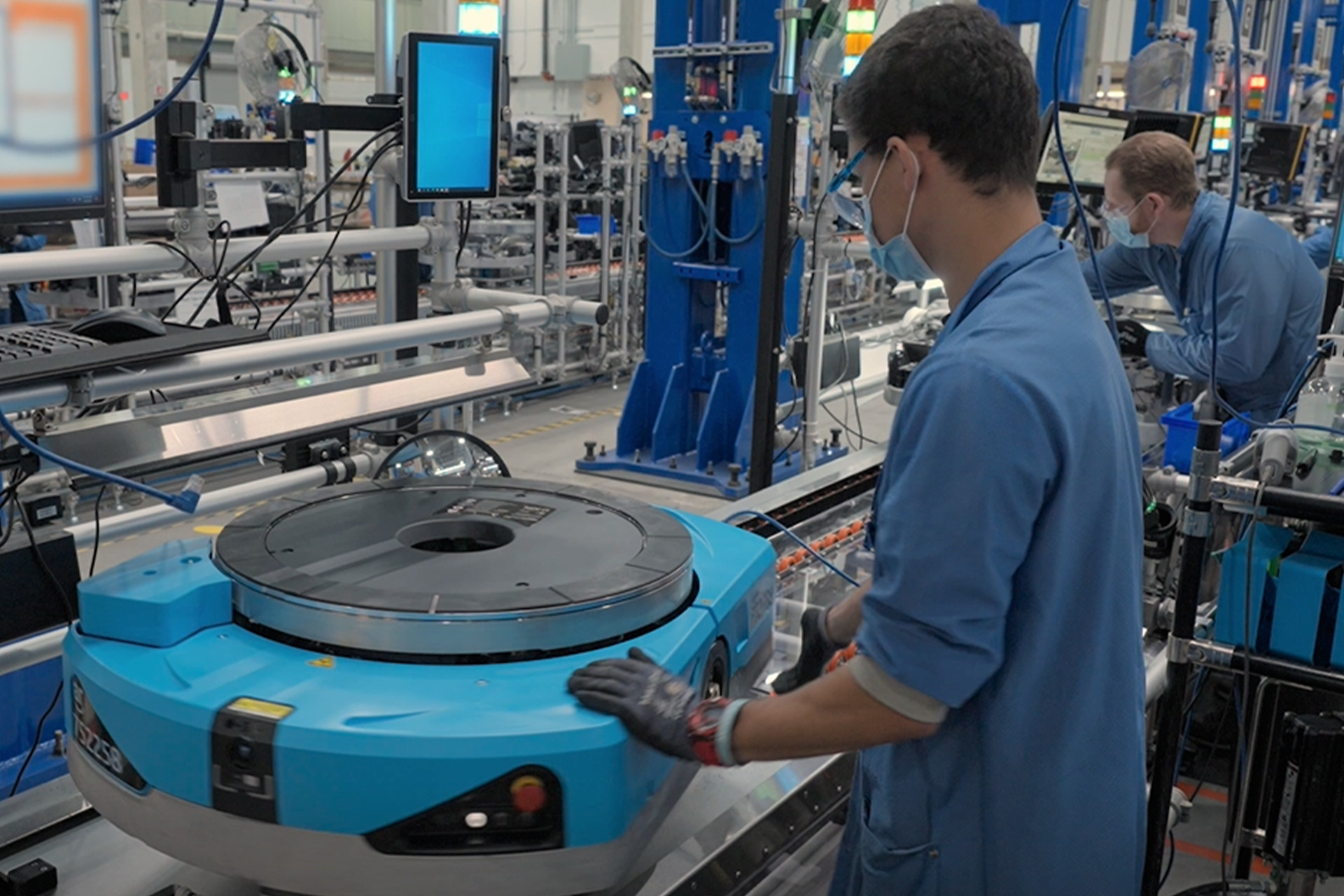The Institute for Supply Management, in its monthly Report on Business, revealed economic activity in the manufacturing sector contracted in November for the first time since May 2020 after 29 consecutive months of growth.
Still, the institute said, the contraction was not enough to stymie the growth of the United States economy as a whole.
Timothy Fiore, chair of the ISM Manufacturing Business Survey Committee, stated that the November Manufacturing Purchasing Managers’ Index registered 49%, down 1.2 percentage points from the 50.2% recorded in October. The 50% point is the dividing line between expansion and contraction in the PMI index, which is based on a survey of supply executives.
“Regarding the overall economy, this figure indicates expansion for the 30th month in a row after contraction in April and May 2020,” Fiore indicated. “The Manufacturing PMI figure is the lowest since May 2020, when it registered 43.5%. The New Orders Index remained in contraction territory at 47.2%, two percentage points lower than the 49.2% recorded in October. The Production Index reading of 51.5% is a 0.8-percentage point decrease compared to October’s figure of 52.3%. The Prices Index registered 43%, down 3.6 percentage points compared to the October figure of 46.6%. This is the index’s lowest reading since May 2020, 40.8%. The Backlog of Orders Index registered 40%, 5.3 percentage points lower than the October reading of 45.3%. The Employment Index returned to contraction territory, 48.4%, down 1.6 percentage points, after being unchanged in October at 50%. The Supplier Deliveries Index reading of 47.2% is 0.4 percentage points higher than the October figure of 46.8%. Except for last month, the Supplier Deliveries Index hasn’t been at this level since February 2012, 47%. The Inventories Index registered 50.9%, 1.6 percentage points lower than the October reading of 52.5%. The New Export Orders Index reading of 48.4% is up 1.9 percentage points compared to October’s figure of 46.5%. The Imports Index dropped into contraction territory at 46.6%, 4.2 percentage points below the October reading of 50.8%.”
Fiore noted that ISM’s Business Survey Committee panelists maintained that, with softening new order rates over the previous six months, the November composite index reading reflects companies’ preparing for lower output in the immediate future.
“Demand eased, with the New Orders Index remaining in contraction territory, New Export Orders Index below 50% for a fourth consecutive month, Customers’ Inventories Index effectively in ‘just right’ territory, climbing 7.1 percentage points, and Backlog of Orders Index moving deeper into contraction. Output/Consumption, measured by the Production and Employment indexes, declined month over month, with a combined negative 2.4-percentage point impact on the Manufacturing PMI calculation. The Employment Index moved back into contraction, and the Production Index decreased but still remained in modest growth territory. Panelists’ companies confirm that they are continuing to manage headcounts through a combination of hiring freezes, employee attrition and, now, layoffs. Inputs — defined as supplier deliveries, inventories, prices and imports — mostly accommodated future demand growth. The Supplier Deliveries Index indicated faster deliveries, and the Inventories Index expanded at a slower rate as panelists’ companies continued to manage the total supply chain inventory. The Prices Index decreased for the ninth consecutive month, falling deeper into contraction territory.”
Month-over-month supplier delivery performance was best since February 2012 when it hit 47%, “and material lead times declined approximately 9% from the prior month, approximately 18% over the last four months,” Fiore indicated. “Managing head counts and total supply chain inventories remain primary goals. Order backlogs, prices and now lead times are declining rapidly, which should bring buyers and sellers back to the table to refill order books based on 2023 business plans.”
Six manufacturing industries reported growth in November: Apparel, Leather & Allied Products; Nonmetallic Mineral Products; Primary Metals; Miscellaneous Manufacturing; Petroleum & Coal Products; and Transportation Equipment. Otherwise, 12 industries reported contraction in November: Printing & Related Support Activities; Wood Products; Paper Products; Textile Mills; Fabricated Metal Products; Furniture & Related Products; Chemical Products; Plastics & Rubber Products; Computer & Electronic Products; Food, Beverage & Tobacco Products; Machinery; and Electrical Equipment, Appliances & Components.





